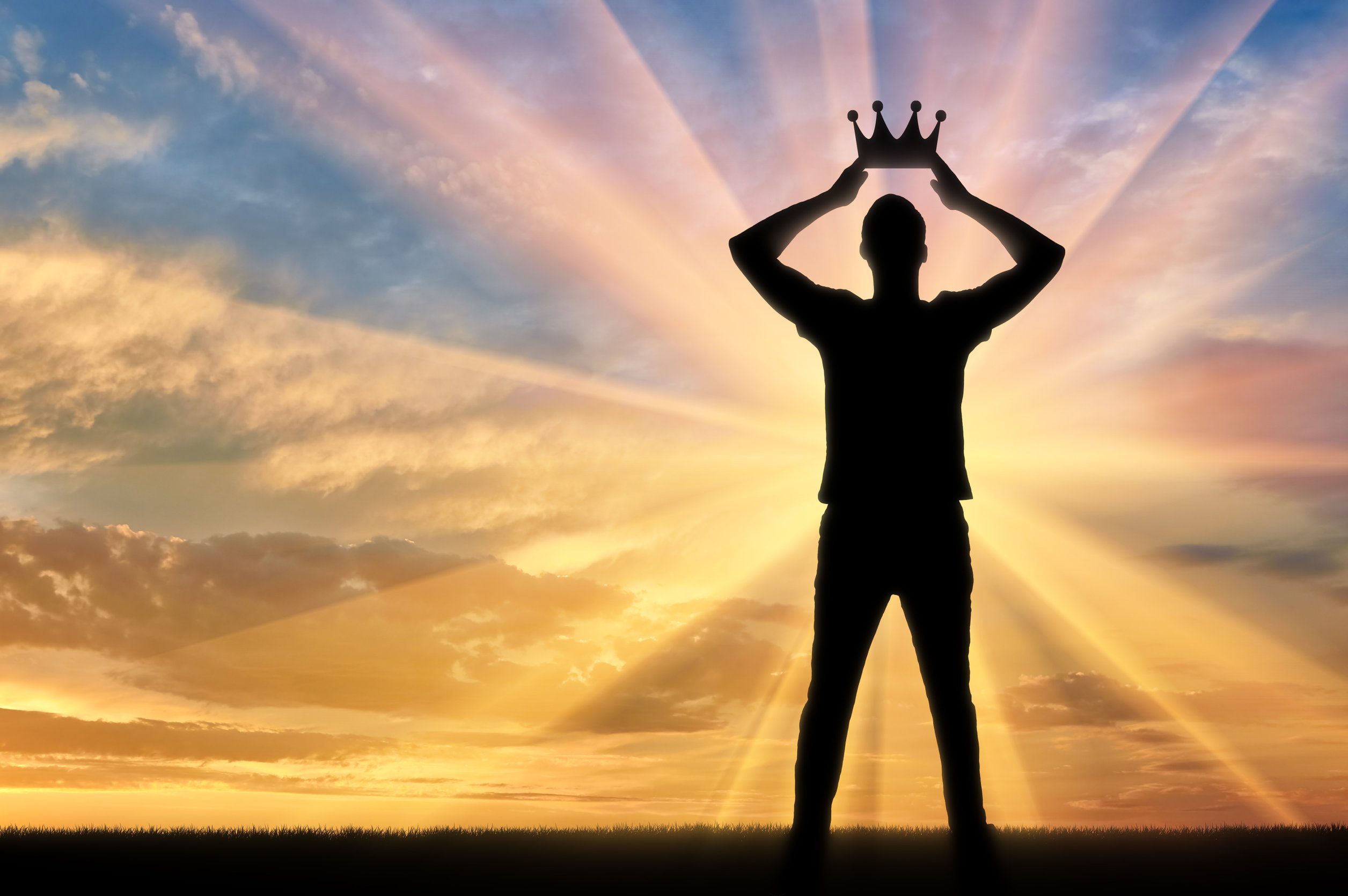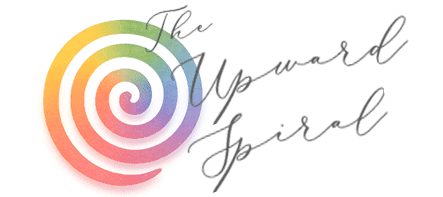Ego and its Mythic Role

The work of growing as a professional—and a human—is to attain greater and deeper understanding of who you are as an individual, what strengths and wounds you bring to the game, and where you can apply these attributes to ultimately experience peace/joy/fulfillment/whatever is driving your heart and soul.
In other words: get to know Self…and then use it for good not evil. This is the professional journey.
But Self is a slippery beast—elusive and mercurial—that is too big for intellectual containment. Generally considered to consist of two aspects—Ego and Soul—Self is a LOT to manage and direct in the course of a lifetime, much less in any typical workday.
Philosophers and scientists since Plato have aspired to categorize the egoic self into systems of observable patterns that can be useful in predicting and guiding behavior and development. Twentieth century Swiss psychiatrist, Carl Gustav Jung, founder of analytical psychology, developed a system of twelve archetypes that became the basis of personality assessments and psychological instruments used today.
Jung suggested these archetypes dwell in the collective unconscious of the human species. He offered a return to myth as a framework to access greater self-knowing through archetypes. Myth encompasses science and religion, fable and fiction, small and large truths. A myth is simply a story with a tall order: to involve, explain and inspire our human existence. Myths can be devoid of fact and still be true.
Ego points to our place in the great myth, which is where we find meaning. The more we know self, the more we connect to a larger meaning and role that connects us to all humanity, in a meaningful way. Myths make sense of the struggles and provide direction for our journey through life. You don’t have to make it up—whatever you seek has been discovered and handed down to you. Look inward through ego/self and find a doorway to a timeless story, told in signs, symbols and metaphors, in which you have a role.
Ego and consciousness merge at myth
Myth projects human consciousness outside ourselves, in a universal way, that allows us to see it objectively. In this way, ego has a role in consciousness. More so, ego creates consciousness. Yummy! Consciousness existed but had no relative meaning until “Human consciousness created objective existence and meaning” (quoting Jung). Consciousness was a tree falling in the wood, unheard. It had to be recognized (by human ego) to have objective existence. Once Consciousness could be experienced as subject/object differentiation, consciousness (as object) was experienced in terms of separateness from ego (as subject).
Only by separateness can one see the other. Ego must be separate to see consciousness. Ego is needed as a vessel, or container, to hold the opposites. A healthy ego is important to the realization of consciousness.
What this may mean to you:
- Myth awakens inside of us like a sleep dragon, lured awake by a draw to modern mythic expressions. Do you feel deeply drawn to books and movies based on myths, legends, fairy tales or folk tales? Follow that lead.
- Do you resonate with the non-verbal meanings of signs and symbols? Allow them to guide you through playful right-brain exploration.
- Do personality assessments and models feel limiting and somewhat empty; too intellectual? Explore broader archetypes that encompass more non-conceptual aspects of self.
[Reference: “The Creation of Consciousness – Jung’s Myth for Modern Man,” Edward F. Edinger]
***
Whole-being well-being expert, Liz Garrett, supports leaders in deepening embodied self-awareness so they can change their lives, their relationships, their work and, ultimately, the world.

Leave a Reply